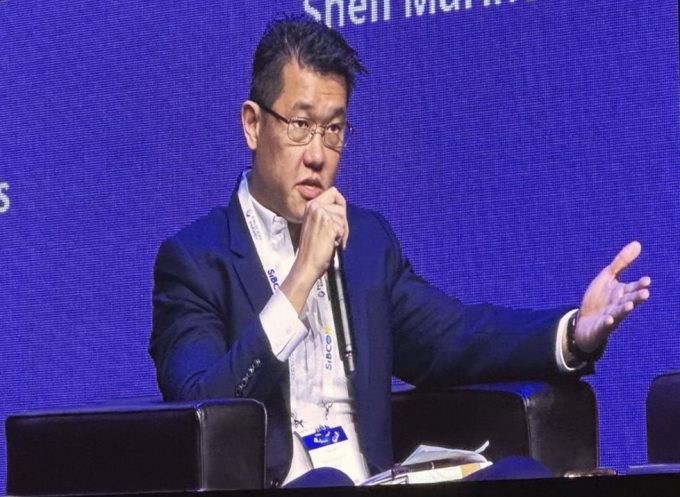Maersk not concerned by Trump hostility to green fuels for ships
Maersk’s environmental agenda will be driven by customers over administrations, amid the increasing uncertainty surrounding ...

Singapore’s Pacific International Lines (PIL) is opting for LNG dual-fuelling in its newbuildings, as it believes bio-methane will emerge as a viable green fuel.
Chia Yujin, PIL’s head of sustainability, decarbonisation and marine fuels, said at the Singapore International Bunkering Conference and Exhibition today that bio-methane ...

Comment on this article